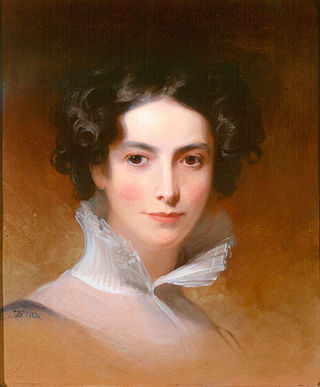
Rebecca Gratz was a Jewish American educator and philanthropist in 19th-century America. She was a member of the Gratz family, who settled in the United States before the Revolutionary War.
Jews in Philadelphia can trace their history back to Colonial America. Jews have lived in Philadelphia since the arrival of William Penn in 1682.

Leake and Watts Services, Inc. is a not-for-profit social services agency in New York City that provides services for children and families in the areas of foster care, adoption, special education, Head Start and other related subjects. It has facilities in Yonkers in Westchester County, New York, and in the Bronx and upper Manhattan in New York City. The agency began as the Leake and Watts Orphan Asylum in Manhattan.

Hebrew National Orphan Home (HNOH) was an orphanage in Manhattan in New York City. It was founded on December 5, 1912, when a group raised $64 toward establishing a Jewish orthodox home for the care of orphaned and destitute Jewish boys. On October 14, 1913, a committee of the Bessarabian Verband, a group of Romanian Jews, paid the first installment of $400 for the premises at 57 East 7th Street between First and Second Avenues – in what was then the Lower East Side and is now the East Village. On June 7, 1914 HNOH House officially opened with accommodations for 50 boys. Later, the home bought a second tenement that backed onto the original building, creating an enclosed courtyard, and doubling the home's capacity to 100.

The Orphan Train Movement was a supervised welfare program that transported children from crowded Eastern cities of the United States to foster homes located largely in rural areas of the Midwest. The orphan trains operated between 1854 and 1929, relocating from about 200,000 children. The co-founders of the Orphan Train movement claimed that these children were orphaned, abandoned, abused, or homeless, but this was not always true. They were mostly the children of new immigrants and the children of the poor and destitute families living in these cities. Criticisms of the program include ineffective screening of caretakers, insufficient follow-ups on placements, and that many children were used as strictly slave farm labor.

An orphan is a child whose parents have died, are unknown or have permanently abandoned them. It can also refer to a child who has lost only one parent, as the Hebrew translation, for example, is "fatherless"

The Jewish Board of Family and Children’s Services is one of the United States' largest nonprofit mental health and social service agencies, and New York State's largest social services nonprofit.

The Protestant Children's Home, also known as the Protestant Orphans' Asylum, is a historic orphanage building in Mobile, Alabama, United States. It was placed on the National Register of Historic Places on June 18, 1973.
In 2015 the building was leased to the Infant Mystics society which began using it as a meeting lodge, renaming the place Cotton Hall.
Esther Hellman Wallenstein was the founding president of the Hebrew Infant Asylum, an orphanage in New York City.
Porter-Leath, formerly known as the Children's Bureau, is a non-profit organization based in Memphis, Tennessee that serves children and families in the area. Porter-Leath was founded in 1850 as an orphanage and has since grown to six program service areas. The agency retains the early nature of its mission by providing foster care and has also expanded to early childhood education.
The Boston Female Asylum (1803–1910) was an orphanage in Boston, Massachusetts, "for the care of indigent girls." Its mission was to "receive ... protect ... and instruct ... female orphans until the age of 10 years, when they are placed in respectable families."

The Hebrew Orphan Asylum is a historic institutional orphanage and former hospital building located in the Mosher neighborhood of Baltimore, Maryland, United States. It has also been known as West Baltimore General Hospital, Lutheran Hospital of Maryland and is currently being redeveloped by Coppin Heights Community Development Corporation to be a Center for Healthcare & Healthy Living.
Built in 1875, the Hebrew Orphan Asylum in Baltimore, Maryland replaced the old Calverton Mansion when a fire destroyed the mansion in 1874. The Hebrew Orphan Asylum, which started in 1872 in the Calverton Mansion depended on donations from people within the Baltimore Jewish community, including the wealthy German Jewish community that had settled within the city. The history of the asylum follows the history of the Jewish community in Baltimore, which increased rapidly with immigration from Europe in the 19th and 20th centuries. The building transitioned to serve as the West Baltimore General Hospital from 1923 through 1950 and finally the Lutheran Hospital of Maryland from 1950 to 1989. While associated structures associated with the Hebrew Orphan Asylum, the West Baltimore General Hospital, and the Lutheran Hospital of Maryland were demolished in 2009, the original four-story brick Romanesque structure still stands.
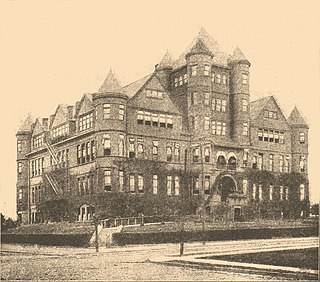
The Brooklyn Hebrew Orphan Asylum was an orphanage constructed in Brooklyn, New York. The Brooklyn Hebrew Orphan Asylum branched off from the Hebrew Orphan Asylum of New York when that organization narrowed its support to children in Manhattan. The Brooklyn organization was created by philanthropic members of Temple Israel and K.K. Beth Elohim. Among those who spent part of their childhood there are Hannah Tompkins and eden ahbez.

The Colored Orphan Asylum was an institution in New York City, open from 1836 to 1946. It housed on average four hundred children annually and was mostly managed by women. Its first location was on Fifth Avenue between 42nd and 43rd Streets in Midtown Manhattan, a four-story building with two wings. It later moved to Upper Manhattan and then to Riverdale in the Bronx.
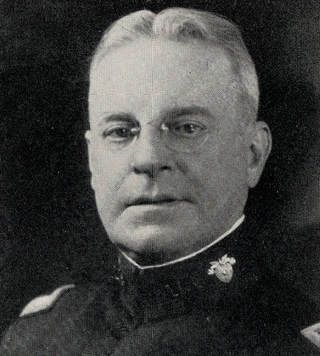
Philip Egner was a U.S. military bandmaster who served as longtime director of the U.S. Army's West Point Band.
The Home for Hebrew Infants was an orphanage established in the Bronx in 1895 to care for Jewish babies from infancy to up to five years of age, those too young to be housed with older children. Its goal was to support the health of those in its care and prevent child mortality. The Home merged with the Jewish Child Care Association in 1942.
Rising Ground is a large human services organization in New York City, with approximately 1,600 employees supporting more than 25,000 children, adults, and family members annually. Founded in 1831 as the Leake and Watts Orphan House, Rising Ground focused on providing child welfare services for much of its existence. Currently, Rising Ground services include child welfare, juvenile justice services, services for people with developmental and intellectual disabilities, special education school programs, services for survivors of gender-based violence, early childhood services, and services for unaccompanied minor children, among others. The organization has approximately 50 programs located at about three dozen sites in New York City and Westchester County, New York. In April 2018, the organization changed its name from Leake and Watts to Rising Ground.
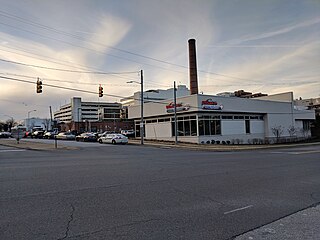
Levindale is a neighborhood in northwest Baltimore which includes Sinai Hospital, the Levindale Hebrew Geriatric Center and Hospital, and a small number of detached homes and apartment buildings towards its south.

Washington City Orphan Asylum, also called The Protestant Male and Female Orphan Asylum, was an orphanage established in Washington, D.C., for homeless children after the War of 1812. In 1935, it became the Hillcrest Children's Village and was moved to new facilities in the city.
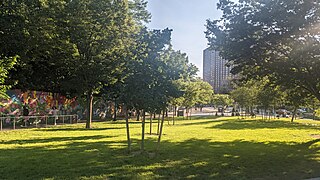
Montefiore Square is a 0.34-acre public park in the Hamilton Heights neighborhood of Manhattan in New York City. The park is operated by the New York City Department of Parks and Recreation in conjunction with the Montefiore Park Neighborhood Association. Montefiore Square is of the triangle or plaza park type, and is bordered by Broadway to the west, and the intersection of West 138th Street and Hamilton Place to the north. It abuts the 137th Street–City College station of the 1 train. It has a sloping grassy field with stone seating, a large paved plaza and a garden.


















